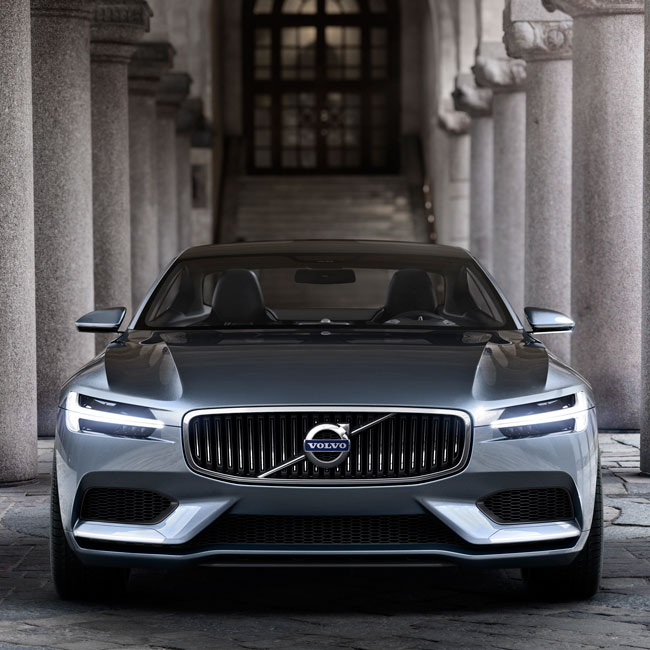Interview: Volvo VP of Design, Thomas Ingenlath
Discussing the V90 Cross Country and why it’s defined as a rugged wagon

by Michael Frank
After Volvo debuted the V90 earlier this year, its loveliest wagon in ages, it has been announced that it will come (in late 2017 in the US) with a slightly lifted version, the V90 Cross Country. It’s penned by the same hand that brought us the new XC90, the S90 and the V90, that of design head Thomas Ingenlath, a German working for the Swedish brand. Ingenlath, senior VP of Design at Volvo, says being an outsider is actually a strength at Volvo, because Sweden can feel isolated—not only from the rest of Europe, but from the rest of the world. We spoke with Ingenlath about the V90 Cross Country, autonomous cars, and getting design right.
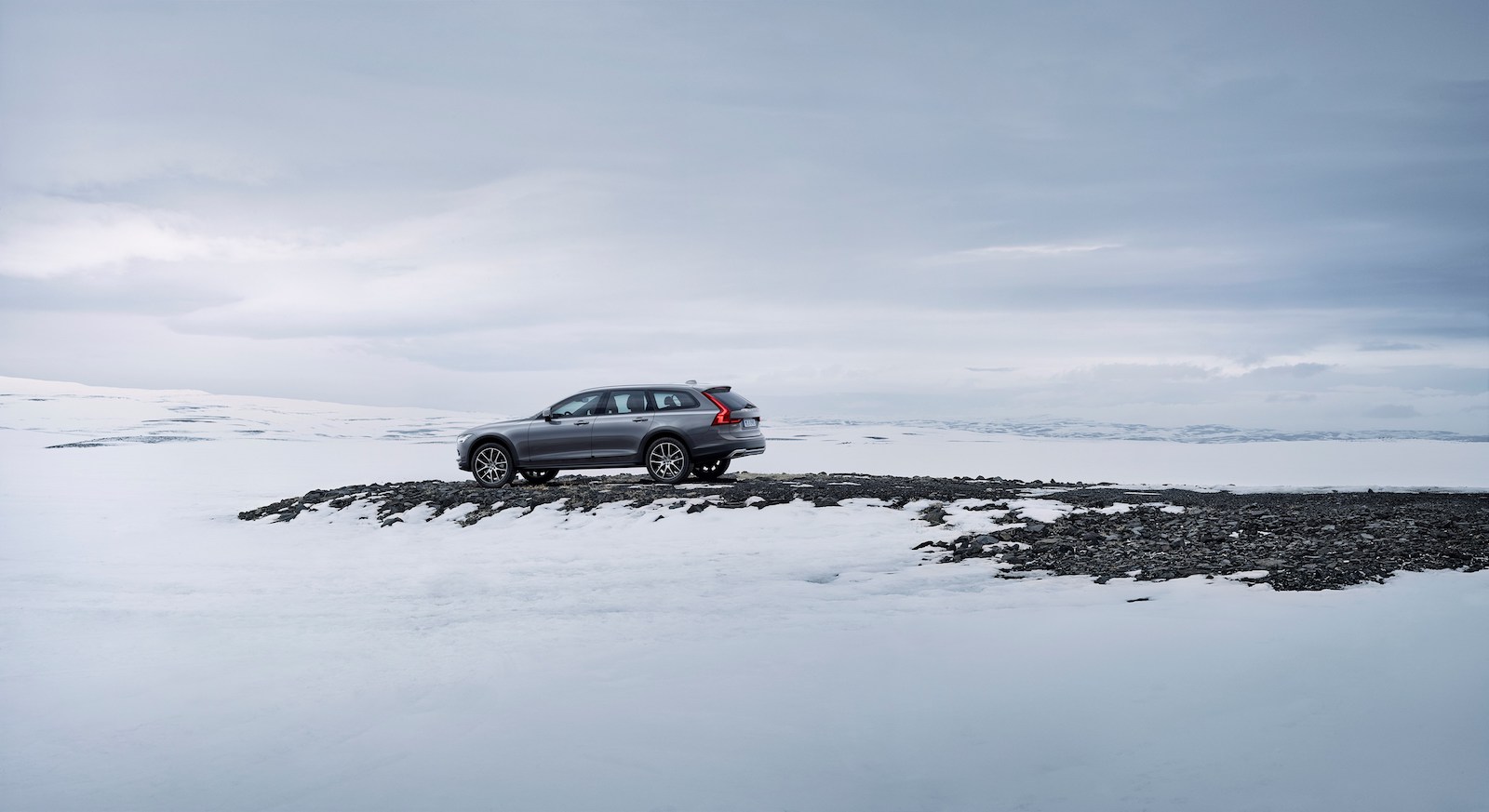
Tell us about working on such a Swedish brand.
It feels like a very tightly knit family in Gothenburg, so you can’t help but make a product that’s going to be Swedish. But we have to resist the danger of making cars that are too Swedish. It’s why Volvo employs designers in California and Shanghai. You have to see some kind of appeal that’s more universal than strictly “Scandinavian.”
Without thinking, you want people to sense “function” as well as beauty, to see dynamism in the shape
Is this why the V90 Cross Country works, because you manage (and this is a generalization) the pragmatic rugged part, maybe the Swedish way of thinking, with enough sexiness (perhaps what appeals to the rest of the world)?
That is the goal. It’s sometimes the question of a half of mm of line or tension. We started after a very big fight over proportions. The V90 Cross Country is nearly five meters long. If you make the cabin as long as you did with the V70, the proportion would be awkward. Like a hearse. So we cut the roof a little shorter, to cut some angle into the hatch area. That gives an athletic feeling in the final silhouette, into the final graphic cut between places like between the window and the pillar. Without thinking, you want people to sense “function” as well as beauty, to see dynamism in the shape. That’s the art. That’s where a pianist doesn’t just see a note, they know to hit it with just the right amount of pressure to the key.
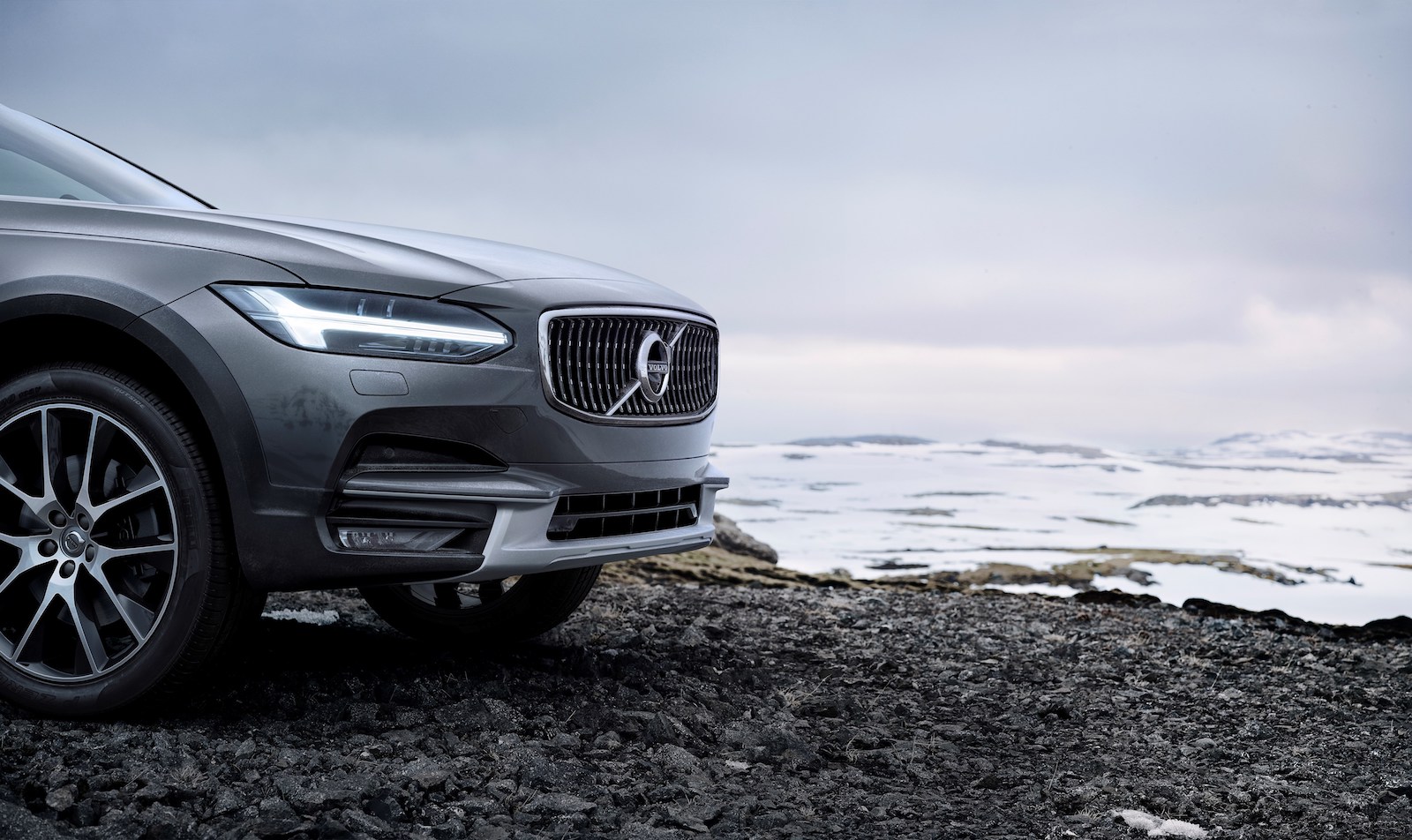
Can you point to some specifics, of getting that “pressure” just right?
Right over the rear wheel and toward the hatch, you have to be careful not to let the shoulder line fall, so we actually keep the tension up in the shoulder and have the third window and the roof swoop downward just a little bit, to take some visual volume out, so the rear of the car tricks you a little bit into seeing the car as lower and sportier.
But this cannot look like a Jaguar shooting brake. So you have to keep the “Volvo” in there, right?
The shoulder line is always a big theme for Volvo. So on the V90 we made a very pronounced bench, almost like you’d milled it into the metal, and it’s especially flat, so it shows even more light and because of that looks even more prominent. But we balance that. Look at the perimeter of the car at the door and it’s so soft and round, it’s really sensual, so we take the too-hard angles, really what’s started to look like bent metal from some other makers, and we relieve it. This is a game of balance, of hard and what looks softly formed by human hands.
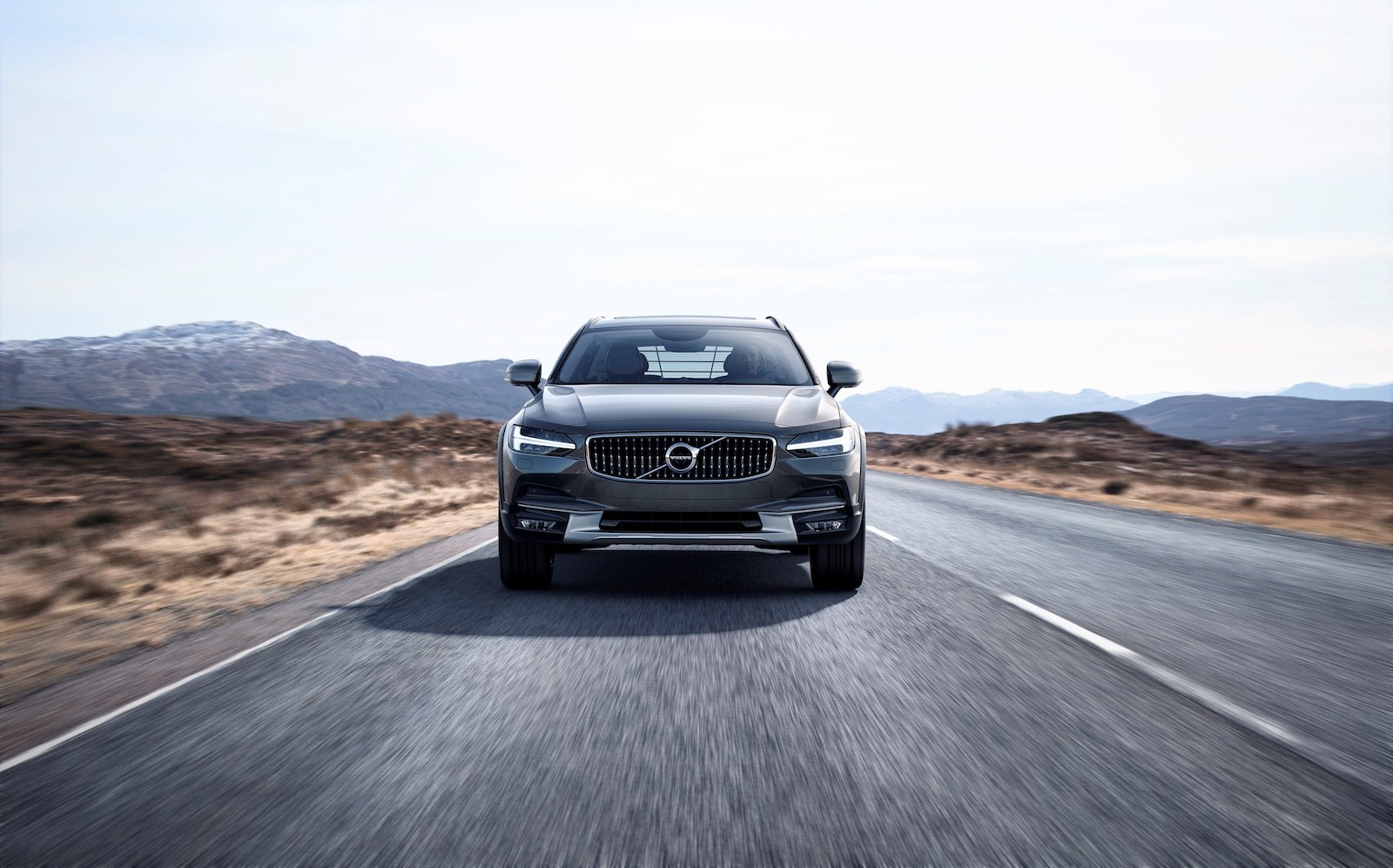
If you’re getting it right at Volvo, what about other brands?
There’s this emphasis on aggression. All this folded metal and over-large features, some of this is more grotesque, a fight to see who can look the loudest… For Volvo we want to give the impression of safety to the owner, but the grille and face of the car should show our pride, we have confidence, but we do not run around with a face that is offending people, that is eating children and animals! Where has the beauty gone? Where has the sense of proportion gone? We want proportion and beauty, those values actually make us stand out more just speaking more softly, not trying to shout over our competitors.
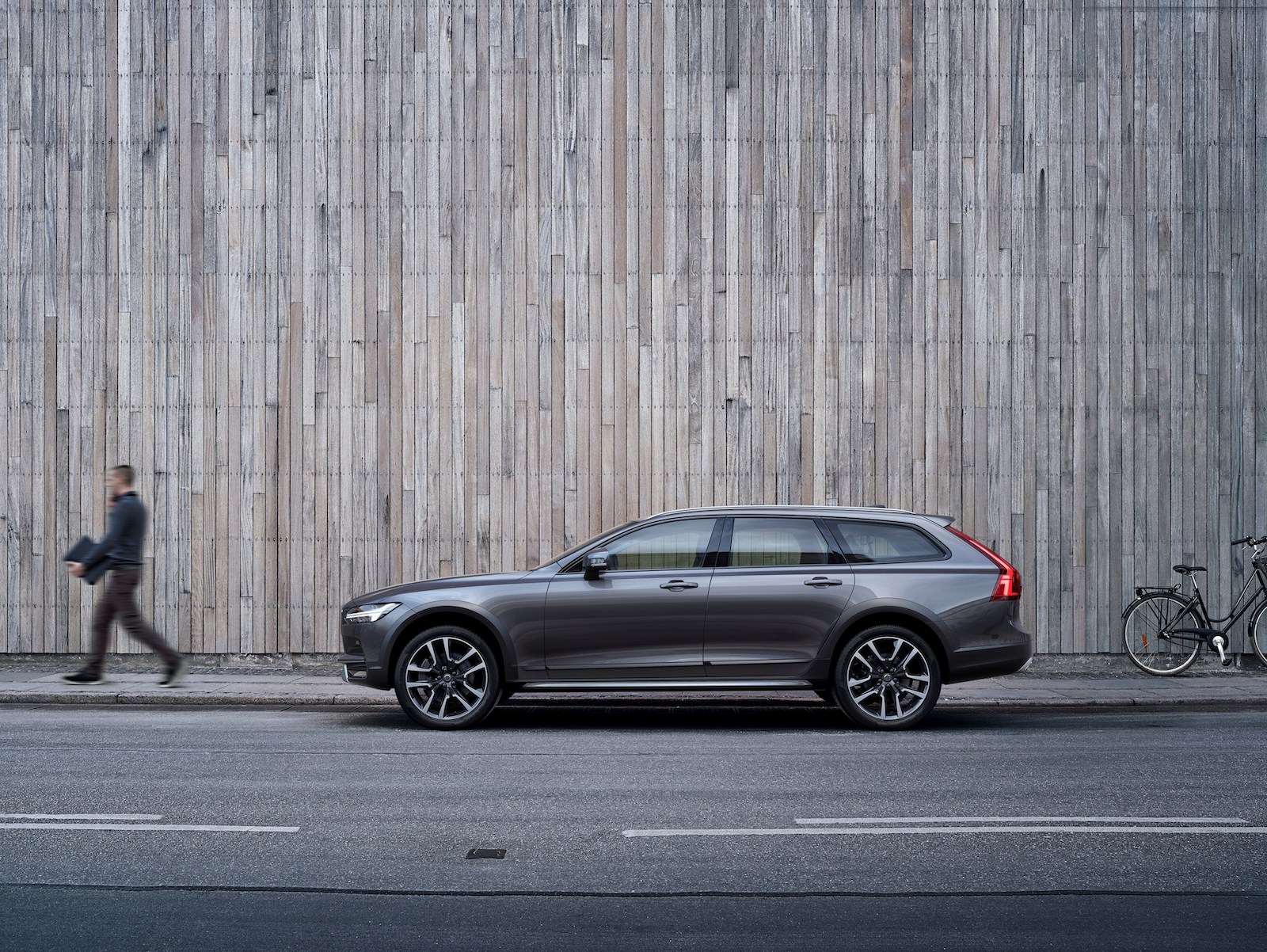
What do you say to Satoru Tai, about designing a way for cars to communicate with their environment in an age of autonomy?
I’m almost convinced we will trust technology much more quickly than we think. One of the steps to autonomous is smarter cruise control, I have no doubt anymore that I can trust the car to stop so much more than I can trust myself. Technology is already so much better than any human and we’re relying on it already. So it’s almost like implying that there’s a much bigger gap than there really is. As accidents become less and less common we’re going to make this transition very quickly.

But there are still a lot of steps to take for the driver, so that people in the car actually trust this hand-off from driver to “robot.”
Yes, this is a massive challenge. Autonomy and connected drive put so much novelty in the experience of being in a car, and we’re constantly striving to simplify this, to remove any feeling of awkwardness. This has to become completely intuitive and inviting, not intimidating. I’m very proud that the interiors of our cars already seem like a family space. But we have to integrate the technology that way as well, so you interact with it that openly. Our goal is nothing less than the seamlessness of using an iPhone. We’re not there yet, but that’s the ultimate goal.
Images courtesy of Volvo

